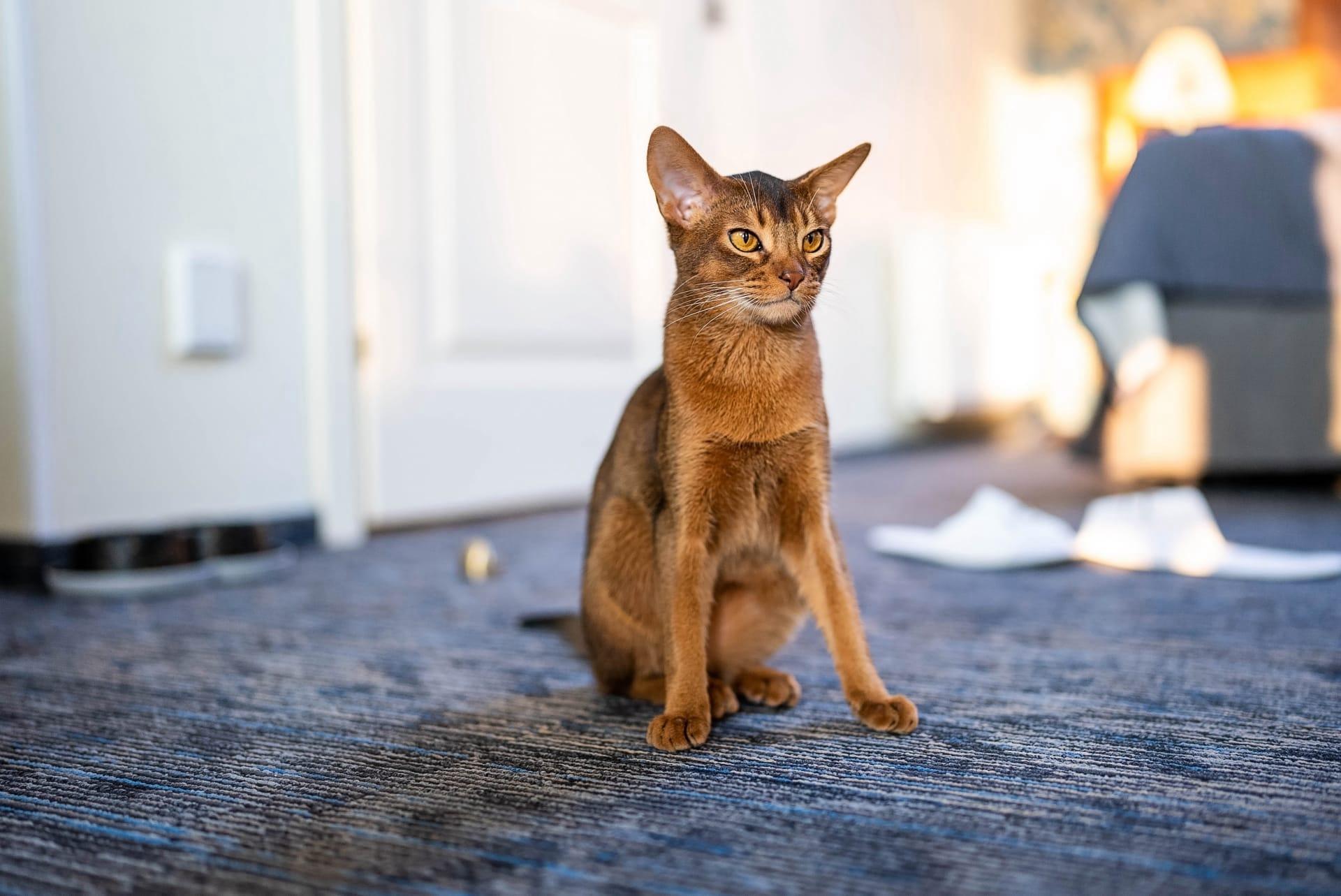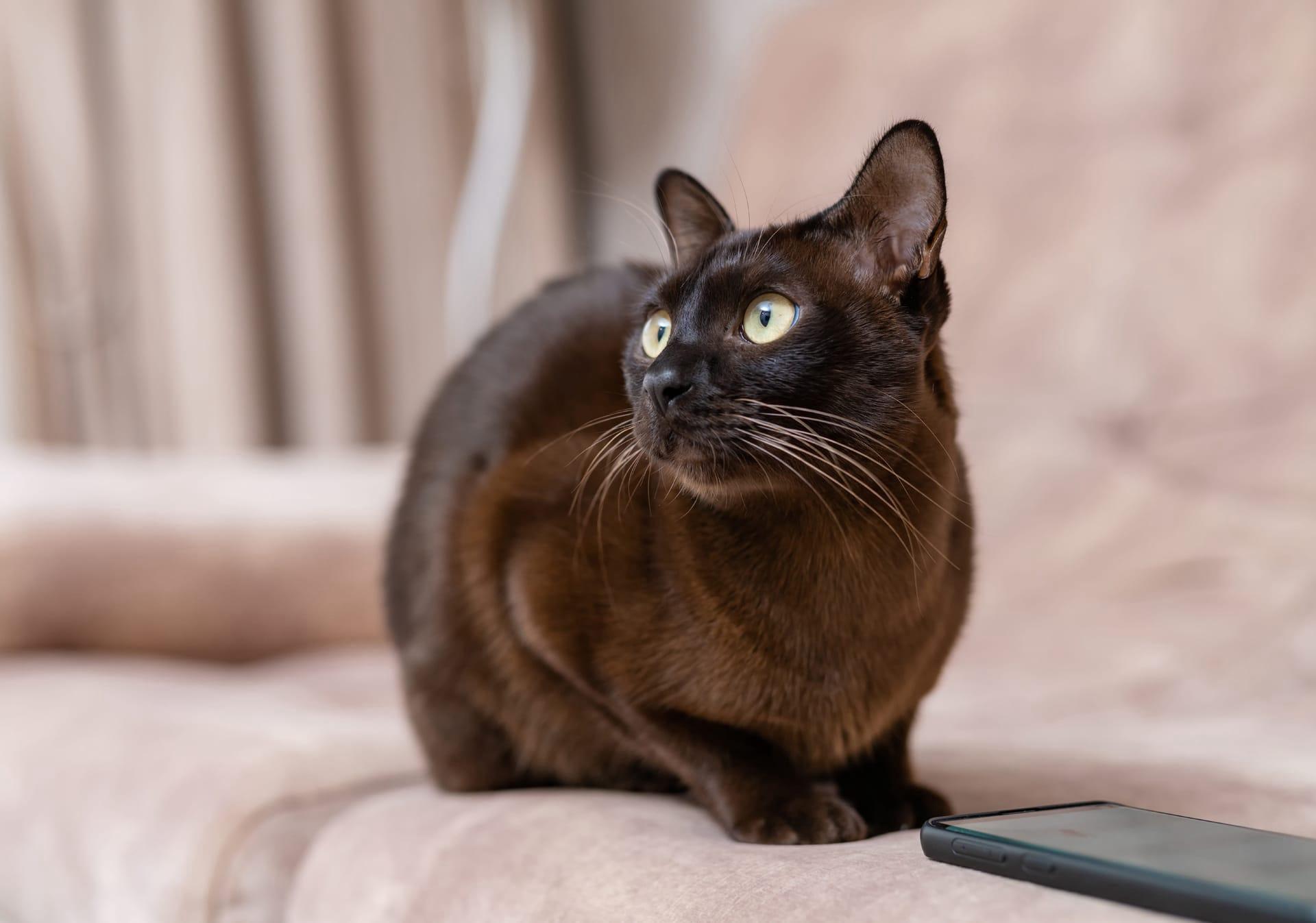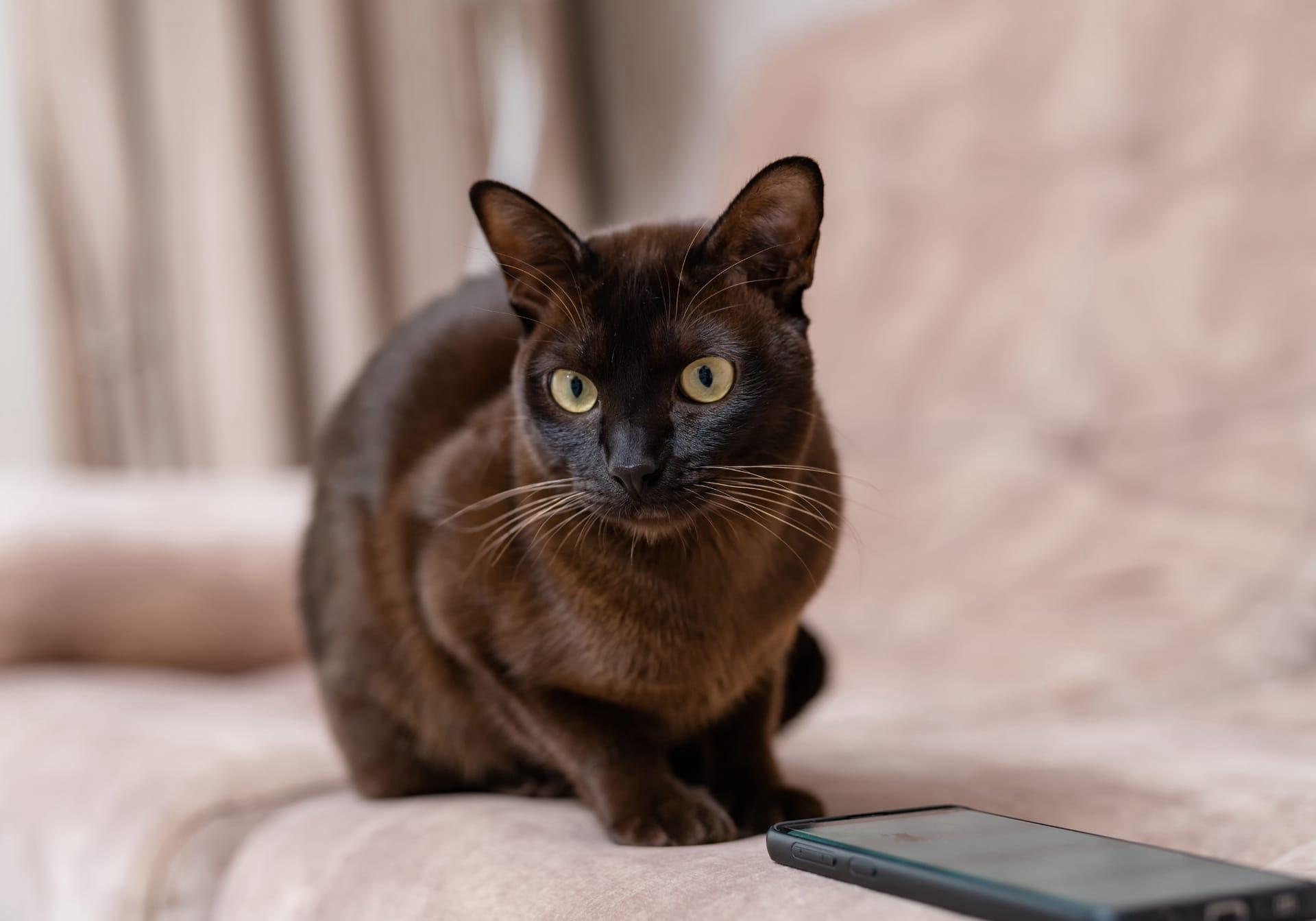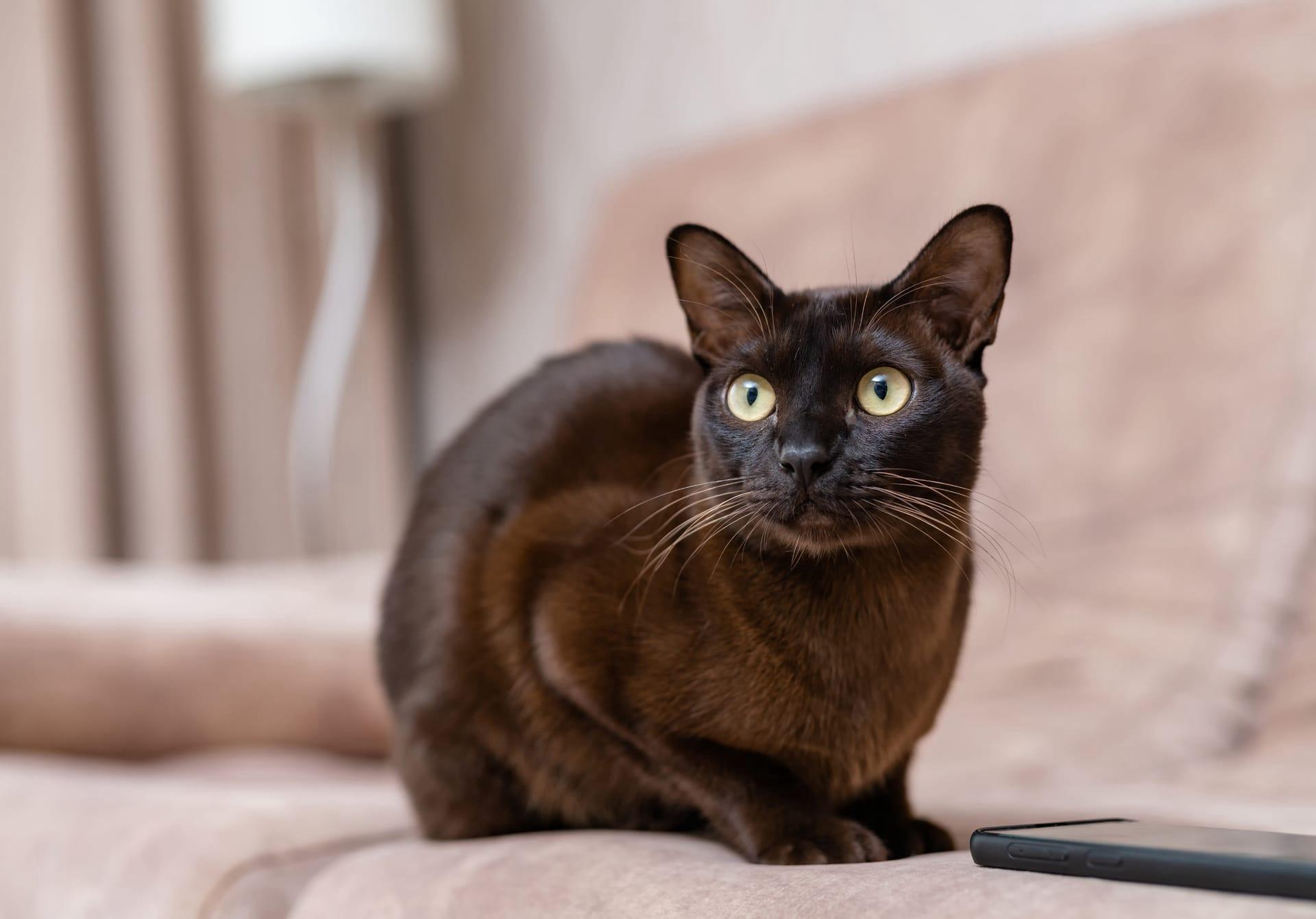Burmese Cat Trivia
- Home /
- Trivia Question /
- Animal /
- Burmese Cat Trivia
1
Question: What are the origins of the Burmese cat breed?
Answer: The Burmese cat breed originated from Burma (now Myanmar) and was first brought to the United States in the 1930s. Dr. Joseph Thompson imported a small, walnut-brown female cat named Wong Mau, who is considered the matriarch of the breed in the West. Genetic studies suggest Wong Mau was a hybrid between Siamese and the "copper cat" of Burma, leading to the distinct breed known today.
Question: How does the coat color of a Burmese cat change as it grows?
Answer: Burmese cats are known for their rich, glossy coats that come in a variety of colors such as sable, champagne, blue, and platinum. Kittens are born with a much lighter coat that gradually darkens as they mature. The unique coloring is due to a gene that dilutes the color intensity, with the full, rich color typically setting in by the time they are about 2 years old.

2
Question: Is it true that Burmese cats are hypoallergenic?
Answer: No, this is a common misconception. While no cat breed is truly hypoallergenic, Burmese cats do produce fewer allergens compared to some other breeds, but they can still trigger allergic reactions in sensitive individuals. Their short, fine coat requires less grooming, which can help minimize the spread of allergens.
Question: Do Burmese cats always have copper-colored eyes?
Answer: While the classic Burmese is known for its deep, gold or copper-colored eyes, the eye color can range from yellow to gold, depending on the individual cat. The intensity of the eye color can also be influenced by the coat color, with some variations like the blue Burmese displaying slightly lighter eye shades.

3
Question: How long do Burmese cats typically live?
Answer: Burmese cats are known for their longevity and can live into their late teens or early twenties with proper care. The average lifespan is around 16 to 18 years, but with regular veterinary care, a balanced diet, and a safe living environment, many Burmese cats live even longer.
Question: Can Burmese cats have different coat patterns?
Answer: Traditionally, Burmese cats are known for their solid coat colors without any patterns. However, due to outcrossing and variations within the breed, some Burmese may exhibit slight shading or subtle changes in coat color intensity. Purebred Burmese cats, according to breed standards, do not display stripes, spots, or other distinct patterns.

4
Question: What is the personality of a Burmese cat like?
Answer: Burmese cats are highly sociable, affectionate, and interactive pets. They thrive on human companionship and are known for their dog-like tendencies, such as following their owners from room to room and greeting them at the door. They are vocal, with a soft, sweet voice, and enjoy engaging in conversation with their human family members.
Question: Are Burmese cats good with children and other pets?
Answer: Yes, Burmese cats generally have a gentle and friendly disposition that makes them excellent companions for children and other pets, including dogs. They are playful and patient, making them a great fit for families. Their social nature means they prefer companionship, whether it's human or another pet, and do not like being left alone for long periods.

5
Question: How active are Burmese cats?
Answer: Burmese cats are moderately active. They enjoy playtime and interactive toys that stimulate their mind and body. Despite their playful nature, they also appreciate relaxing and cuddling with their human companions. Their activity levels may decrease with age, but they generally maintain a playful demeanor throughout their lives.
Question: What are the grooming needs of a Burmese cat?
Answer: Burmese cats have short, fine coats that require minimal grooming. A weekly brushing is usually sufficient to remove loose hair and maintain their coat's natural sheen. They also benefit from regular ear cleaning and nail trimming. Due to their minimal grooming needs, they are an excellent choice for individuals looking for a low-maintenance pet.